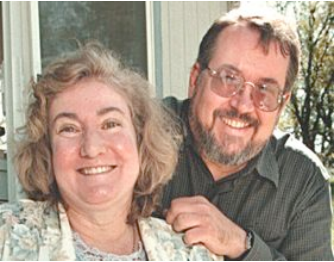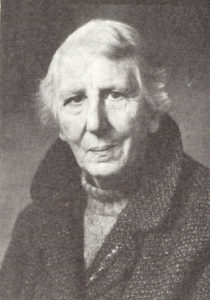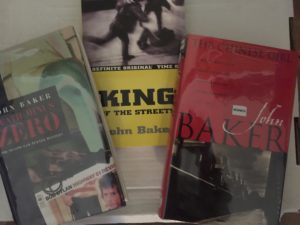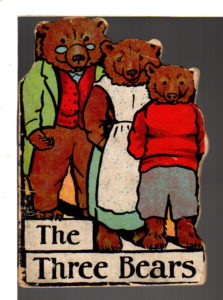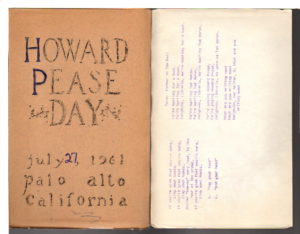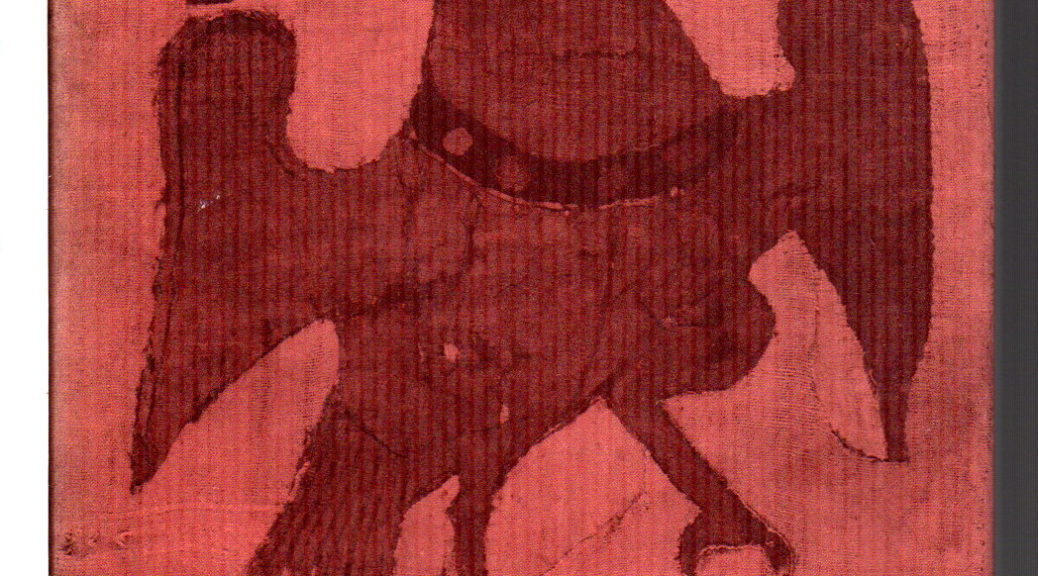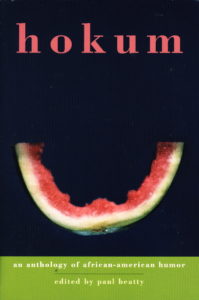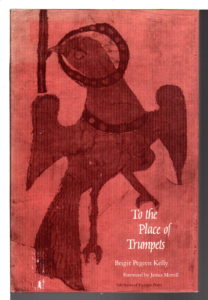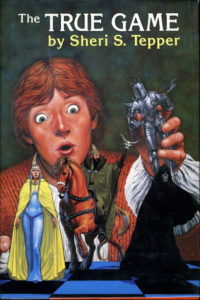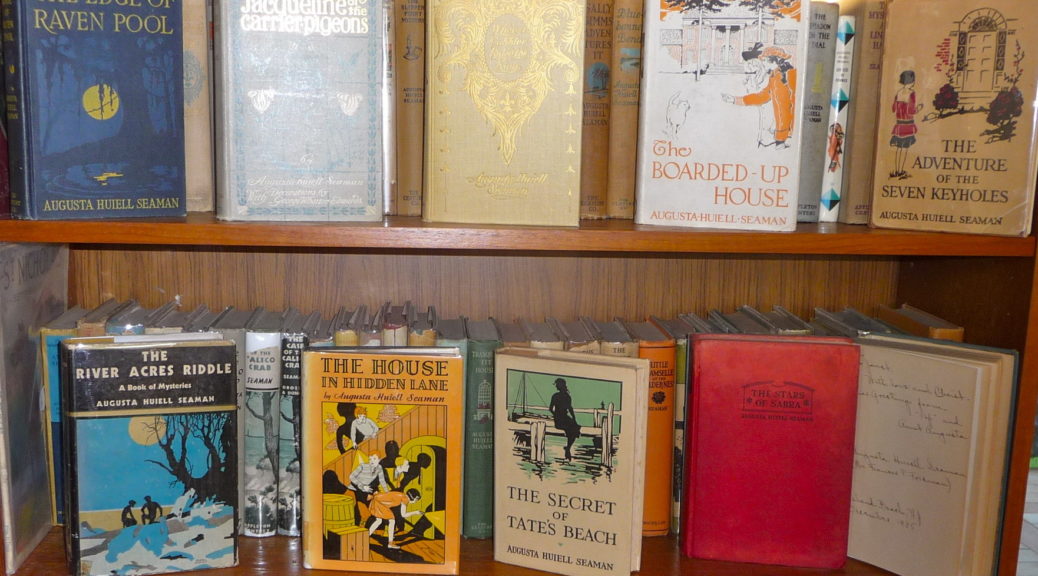Last year, one of our customers, a dedicated collector and just an all around great guy announced that he was donating his science fiction collection to the University of IOWA. His collection included almost 18,000 books with over 30,000 author signatures in them! But he built this collection one book at a time – because he loved doing it –
This is a pretty extraordinary example, and one that most of us will not even begin to come close to. You could have a book collection that fits on one shelf (in fact, if you collect miniature books, they could fit in a small box) – so what makes a collection, if it not the size of it?
What is the difference between book buying and book collecting?
There are probably as many answers to that as there are people, but I’ll throw out a few. I read – a lot! and I prefer to read books I own. I like to read them on my own schedule, and not have to worry about returning them to the library. If I only have a few books to read, that is almost as bad as having none. I became a reader long before the days of e-readers, but if they had existed back then, I would have been in heaven. Instead I got hooked on “print” and I still am. Anyhow I bought hundreds and thousands of books – some of them got left behind in various moves, but they were quickly replaced. I would check to see if a book was a first edition, but that didn’t make me a collector. I was buying books primarily because I thought I wanted to read them – even though I acquired far more than I could actually read.
So there is one difference: a book buyer is focused primarily on the content. The content is also important to most collectors, but in addition to the content, a collector is looking at the book as an object. A jar might be a great container for flowers, but a hand-blown glass vase is not only a container for flowers, it can be gorgeous by itself (admittedly with books, sometimes “ beauty” is just in the beholder’s eye, but that is another issue).
Another way to define collection is that the sum of the objects is greater – or more interesting – than the individual items. A shelf full of books that were selected just because you wanted to read them is just a bunch of books – but if some of those books were also chosen because they are modern first editions signed by the author, or because they tell the story of women in the West, or disasters at sea, then that is the nucleus of a collection. We purchased part of a collection from a woman who was moving across the country and downsizing – it was pretty obvious that one of her interests was fiction by Southern writers, but there were quite a few books that didn’t seem to fit in, so I asked her about them. She was also collecting books with dust jackets designed by one woman.
The first rule of collecting has been stated so many times, in so many places, that is has become a cliche – but that doesn’t make it less true. Pick something you really love: an author, a subject area or genre, an era, a series, a publisher, an illustrator — the possibilities are endless. Chances are very good, if you’re anything like me, that you’ll already have at least a few related books on your shelves, and that you’ll have read them. These books, and the existing knowledge you’ve gotten from them, are more than enough of a foundation on which to begin building a collection. The most important driving force for the assembly of any collection isn’t money — it’s passion. And if you lose interest in the topic, just move on… happens all the time!
A collection can be as focused as seeking out every single edition of one title, or every book and publication of a single author, or it can simply be signed copies of books by authors you want to read. 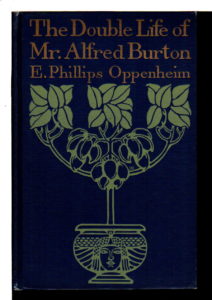 The focus can be on the design of the book – like the lovely early 20th century art deco bindings of designers like the Thayers or Margaret Armstrong – or the striking covers on vintage paperbacks of the 1940s and 1950s. It can be related to your career – like architecture or oceanography – or to an avocation like photography or reflect a love of the outdoors. One woman I knew was collecting Weekly Reader editions of children’s books, not just out of nostalgia, but because they influenced a whole generation of children and no one has really looked at them seriously.
The focus can be on the design of the book – like the lovely early 20th century art deco bindings of designers like the Thayers or Margaret Armstrong – or the striking covers on vintage paperbacks of the 1940s and 1950s. It can be related to your career – like architecture or oceanography – or to an avocation like photography or reflect a love of the outdoors. One woman I knew was collecting Weekly Reader editions of children’s books, not just out of nostalgia, but because they influenced a whole generation of children and no one has really looked at them seriously.
There are no rules for collecting – each collector decides for herself or himself what is important, and that can change as you delve deeper. There was a time (in the English speaking world at least) when book collecting was dominated by older (and often wealthier) white men, and the price guides and books on collecting from that era reflect that bias. But that is no longer true, due at least in part to the revolutionary power of the internet.
